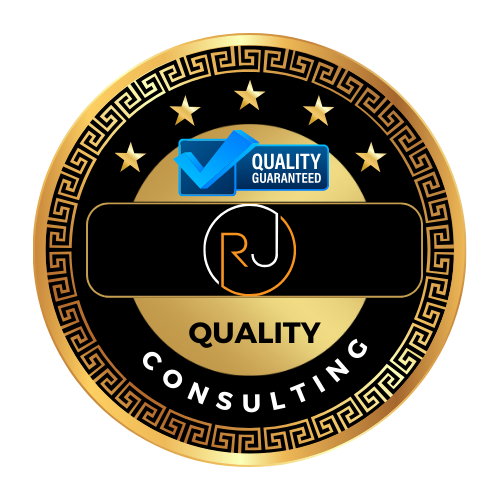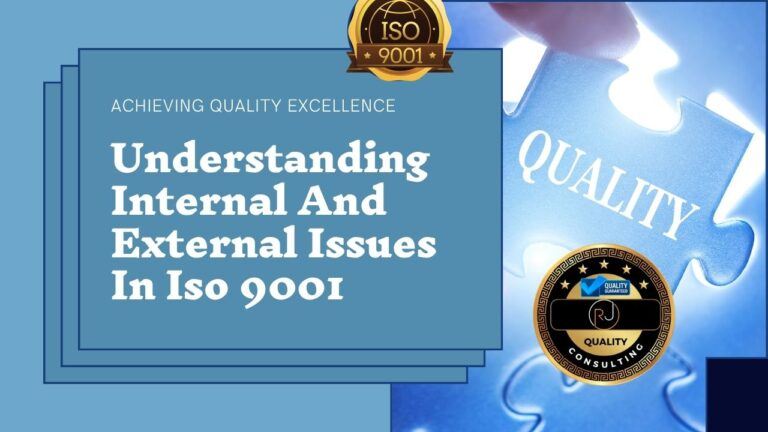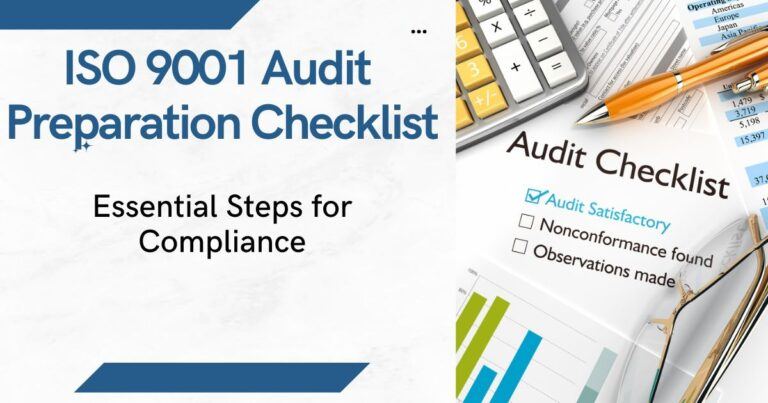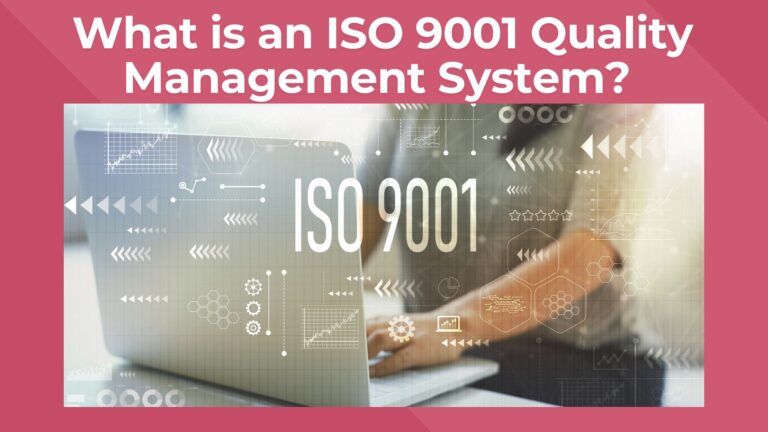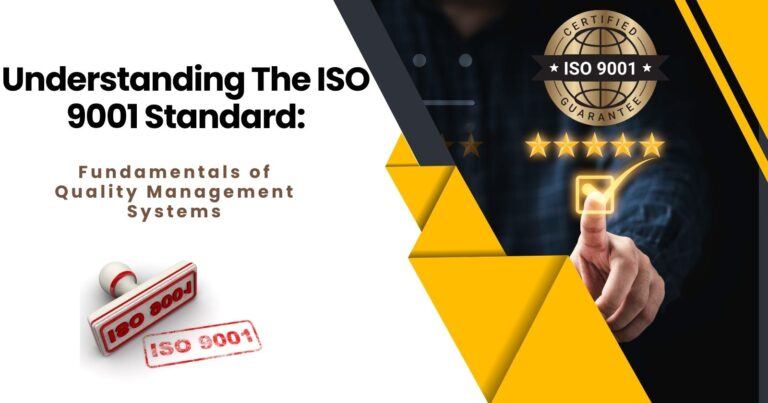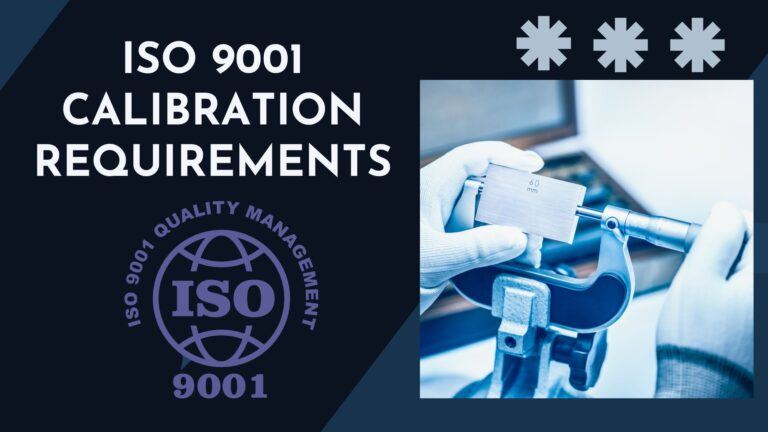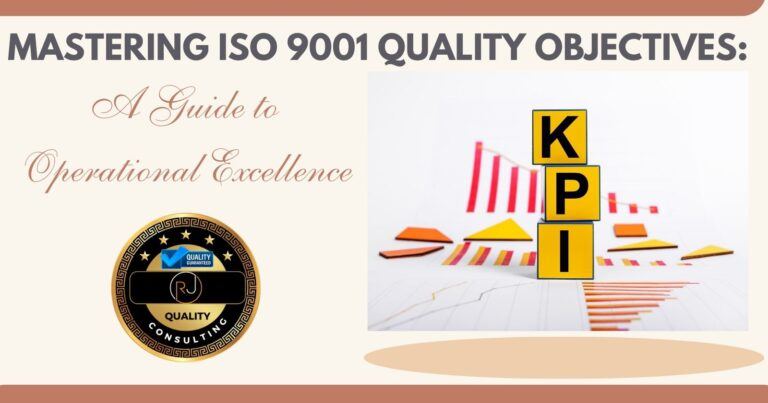What Is Risk Based Thinking in ISO 9001?
So, what is risk based thinking in ISO 9001? Risk-based thinking is a core concept integrated into ISO 9001, an international standard that sets out the criteria for a quality management system (QMS). It represents a shift from reacting to problems to a proactive mindset that seeks to anticipate and manage potential risks before they can adversely affect an organization.
The latest version of ISO-9001 occurred in 2015 from the previous version which was ISO 9001:2008. This latest version dropped the requirement of Preventive Action and introduced a new concept referred to as Risk-Based thinking. Intertwining risk-based thinking in the ISO 9001 framework fundamentally changes how companies approach quality. In fact, this change in the ISO 9001 world also initiated changes in other standards. ISO 17025 Risk Management, for example was introduced in 2017 to that particular standard as well.
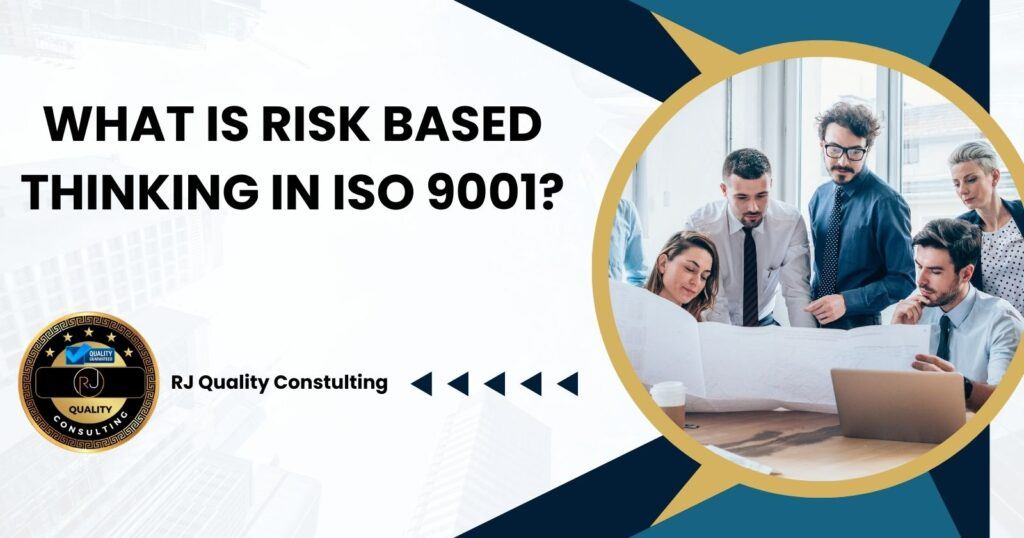
Instead of merely ticking boxes to meet regulatory requirements, organizations are now encouraged to use risk analysis as a tool for continuous improvement. This approach drives them to become more resilient, agile, and responsive to both internal and external challenges and allows the QMS to actually help the organization improve upon its processes and, at the end of the day, create happier customers and, to potentially increase the bottom line.
Check Out Our Great Selection of ISO 9001 Online Training Courses
Looking to master ISO 9001:2015 or ensure top-notch training for your team? Explore our Online Courses here!
The significance of risk-based thinking within ISO 9001 is akin to building a strong foundation for a house. Just as a sound foundation prepares a home to withstand storms and environmental stresses, incorporating risk analysis into every aspect of a company’s operations equips it to thrive amidst market volatility and competition. It drives a strategic approach toward managing quality, ensuring every decision accounts for potential risks and opportunities.
In essence, risk-based thinking is about creating a culture that promotes early detection and management of risks. It is an ongoing process that underlies all organizational activities and sets the stage for enhanced quality and sustained business success. In fact, it drives the company to increase profits and to potentially gain new business. Keep in mind, this risk based thinking also includes improvement. It is better known as risk and opportunities.
What is the Risk-Based Thinking Principle?

I understand that talking about risk might not always be at the top of your list. However, when you’re entrenched in the world of ISO 9001, it becomes a priority. Risk-based thinking is a central principle of this quality management standard. In essence, it requires you to be proactive rather than reactive in managing potential problems. It is also a requirement, as indicated in section 6 of the standard and ties into internal and external issues in ISO 9001 as described in sections 4.1 and 4.2 in the context of the organization.
The principle operates on the premise that organizations should predict and manage potential issues before they arise. This kind of foresight ensures that your operations are less disrupted and more likely to maintain high-quality results. So, how does ISO 9001 frame this?
In ISO 9001, the risk-based thinking principle is woven into all its processes. It’s about infusing a proactive culture throughout your organization, encouraging you to identify possible risks that could affect your quality objectives. It asks you to consider what could go wrong and to assess the likelihood and consequences of these risks.
Furthermore, the principle isn’t limited to negative impacts. It extends to identifying opportunities – positive risks – that could benefit your organization. This balanced view furthers the overall aim to enhance and protect your quality management system.
Lastly, the principle emphasizes ongoing diligence. Being vigilant about potential risks isn’t a one-time affair; it’s an ongoing commitment to quality and stability in your operations.
What is the Definition of Risk-Based on ISO?

The International Organization for Standardization (ISO) offers a clear definition of risk that forms the cornerstone of its standards, including ISO 9001. Their definition emphasizes the effect of uncertainty on an organization’s objectives. This interpretation aligns risk directly with potential outcomes, contrasting with views that focus solely on negative consequences.
To understand risk, according to ISO, one must consider both the uncertainty and the opportunities that could affect the organization’s short-term and long-term goals. It’s not just about safeguarding against potential losses but also about identifying and seizing opportunities that could lead to significant improvements.
ISO defines ‘risk’ as the “effect of uncertainty on objectives,” which can be either positive or negative. This definition serves as a functional base that informs the development of risk-based thinking. When organizations start planning, they typically weigh potential risks against corresponding opportunities, encouraging a more dynamic, forward-thinking strategy.
The influence of ISO’s risk definition extends beyond the internal processes of an organization. It also impacts communication with stakeholders, setting expectations for transparency and informed decision-making. By openly discussing risks and opportunities, companies can foster trust and collaboration.
Adopting ISO’s risk definition helps organizations pivot from a defensive to a strategic stance, influencing everything from daily operations to corporate strategies. As a result, businesses develop resilience, agility, and a competitive edge that is rooted in a comprehensive understanding of the diverse range of risks and opportunities they face.
What is Risk-Based Approach in ISO Auditing

When we talk about a risk-based approach in ISO auditing, we’re focusing on a method that prioritizes risks during the audit process. Auditors use this approach to concentrate their efforts where there’s the greatest chance of risk impacting the quality management system (QMS).
An ISO audit is not just a box-ticking exercise. It’s a detailed analysis designed to unearth the risk-related strengths and weaknesses within an organization’s processes. A risk-based approach adds a layer of critical insight, allowing auditors to identify potential problem areas before they result in quality issues.
The auditing process begins with the identification of risks. Auditors will gauge what could go wrong in various parts of the QMS and then assess the likelihood and consequences of these risks. This determines which areas to focus on during the audit.
Evaluating risks doesn’t stop at identification. Auditors must consider the effectiveness of the controls in place for mitigating these risks. They’ll ask: Are the existing controls adequate? Is there a need for additional preventive measures? Answering these questions is central to the risk-based auditing process.
This proactive approach doesn’t just identify current issues; it also anticipates future vulnerabilities. It drives continuous improvement as organizations not only address identified risks but also refine their risk management approaches over time.
In the following section, we’ll explore how this risk-based approach directly influences the quality management system within an organization, ensuring that risk thinking is not just an auditing tool but a cornerstone of an effective QMS.
What is Risk Based Thinking in ISO 9001 – Conclusion
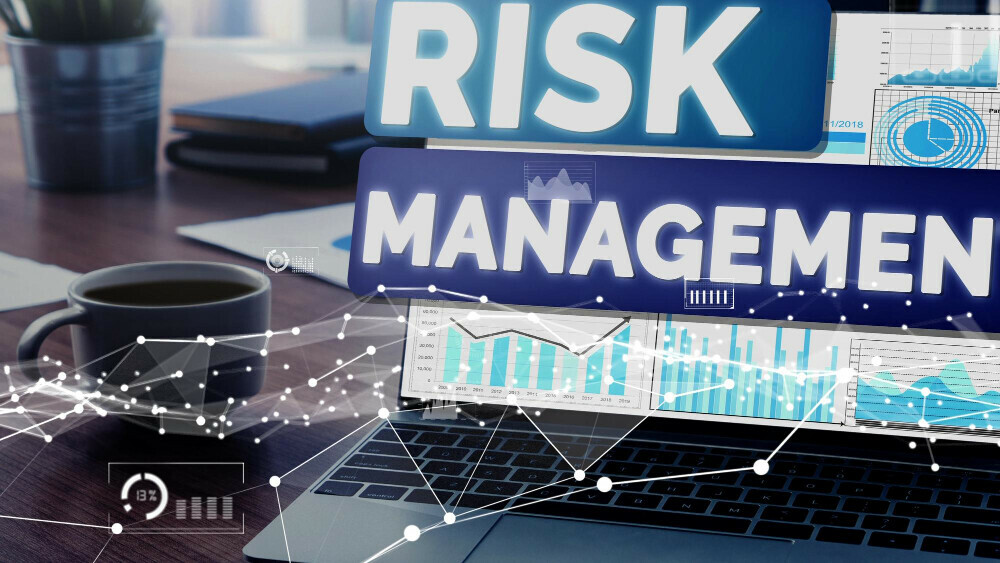
A risk-based approach to quality management isn’t just a requirement of ISO 9001, but a pivotal strategy for any organization striving for excellence. This approach infuses prudence into process design, decision-making, and continuous improvement efforts and aligns the entire organization towards a culture of proactivity rather than reactivity.
The adoption of risk-based thinking allows organizations to anticipate potential challenges and address them before they escalate. It empowers teams to identify opportunities that can lead to innovation and competitive advantage. For a robust Quality Management System, keeping risks and opportunities at the forefront ensures not only compliance with ISO 9001 but also fosters a resilient and adaptable business environment.
Remember, risk is not always negative; it’s an inherent aspect of business that, when managed effectively, can lead to remarkable growth and success. By embedding risk-based thinking into the lifeblood of your Quality Management System, you prepare your organization not just to withstand inevitable challenges but to thrive amidst them.
Take the key principles outlined in this discussion and APPLY THEM to enhance your quality management practices. As you do, you’ll be building an organization that is not only compliant but also poised for future success and sustainability.
